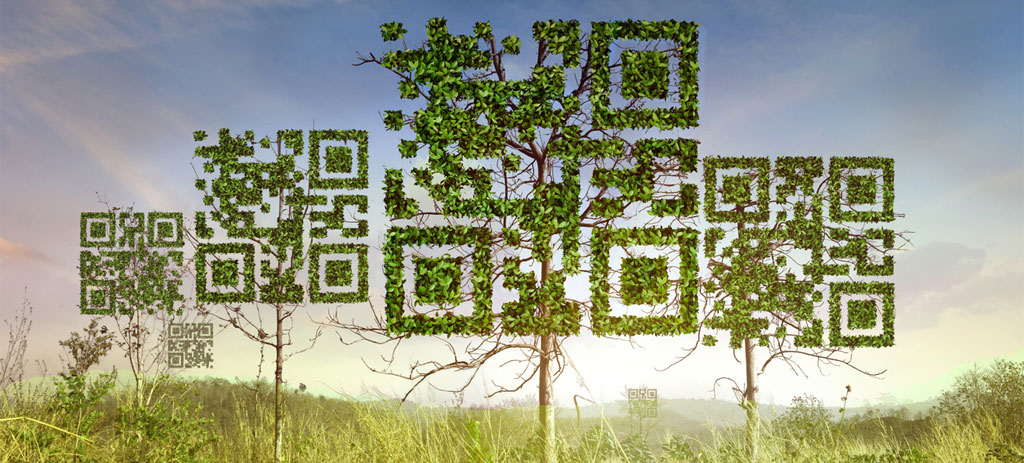In a world increasingly driven by digital innovation, the use of Quick Response (QR) codes is becoming not only ubiquitous but also a powerful ally in the pursuit of sustainability. Beyond their convenience, QR codes are emerging as a tool that can contribute to reducing environmental impact across various industries. This article explores how QR codes are fostering sustainability by minimizing paper usage, promoting eco-friendly practices, and contributing to a more environmentally conscious future.
- Paperless Transactions:
One of the most apparent ways in which QR codes contribute to sustainability is by promoting paperless transactions. In industries such as finance, retail, and hospitality, QR codes facilitate electronic payments, reducing the need for paper receipts and invoices. As consumers increasingly opt for digital receipts and transactions, the demand for paper decreases, contributing to a reduction in deforestation and lowering the carbon footprint associated with paper production.
- Digital Documentation in Real Estate:
In the real estate sector, QR codes are revolutionizing the way property transactions are conducted. By replacing traditional paper-based processes with digital documentation accessed through QR codes, the industry is significantly reducing the consumption of paper. From virtual property tours to electronic contracts and disclosures, QR codes enable a streamlined and sustainable approach to real estate transactions.
- Efficient Supply Chain Management:
QR codes are instrumental in optimizing supply chain management, leading to more sustainable practices. By incorporating QR codes into product packaging, companies can enhance traceability and transparency throughout the supply chain. This enables better inventory management, reducing waste and minimizing the environmental impact associated with overproduction and inefficient distribution.
- Reducing Printed Marketing Materials:
The marketing landscape has also seen a shift towards sustainability through the use of QR codes. Instead of relying heavily on printed marketing materials, businesses are integrating QR codes into digital campaigns. This allows consumers to access promotional content, product information, and special offers directly on their smartphones, reducing the need for printed brochures, flyers, and posters.
- Energy and Resource Conservation:
The implementation of QR codes contributes to energy and resource conservation. Unlike traditional barcodes, QR codes are versatile and can store significantly more information, reducing the need for additional labeling or packaging. This efficiency not only minimizes waste but also translates to lower energy consumption during the manufacturing process.
- Educational Initiatives and Green Campaigns:
QR codes are increasingly being used in educational initiatives and green campaigns to raise awareness about sustainability practices. By linking QR codes to informative content, organizations can engage the public in environmentally conscious behaviors. This could include sharing information about recycling, sustainable living tips, or the environmental impact of various products, fostering a sense of responsibility among consumers.
Conclusion:
QR codes are emerging as powerful tools in the pursuit of sustainability, offering a versatile and efficient way to reduce environmental impact across various industries. From enabling paperless transactions to optimizing supply chains and promoting green marketing, the adoption of QR codes reflects a commitment to eco-friendly practices. As technology continues to evolve, the integration of QR codes into sustainable initiatives serves as a reminder that innovation can go hand in hand with environmental responsibility, paving the way for a greener and more sustainable future.

